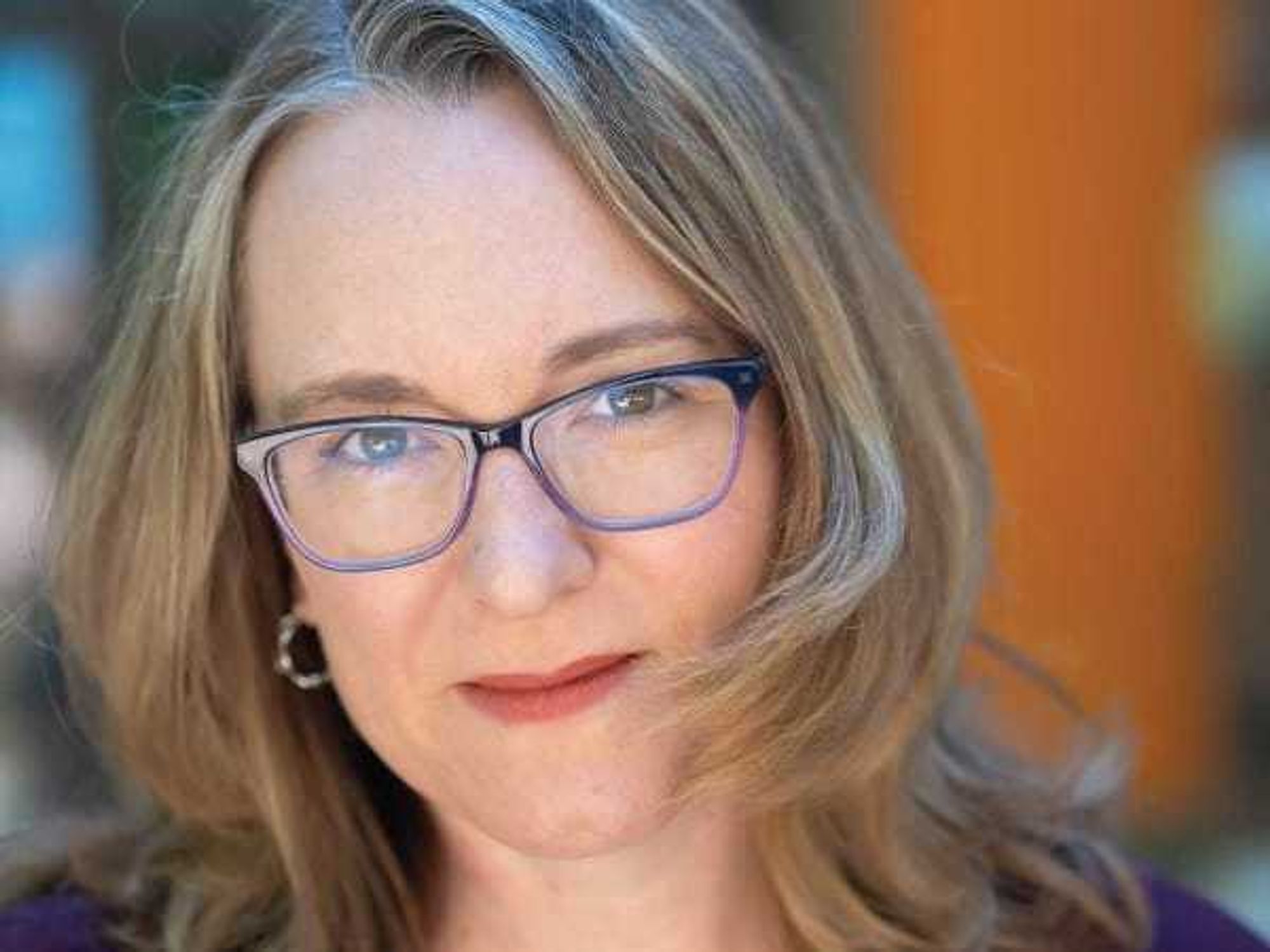Snaps for Fotofest
Frozen time: Fleeting images are captured by a UH composer in a stunning Musiqa world premiere
If one considers photography as an art that captures a fleeting moment of time, imagine what a composer must assess before using photography as inspiration for a performing art that unfolds in time.
There aren't examples of music inspired by photography in standard classical music repertoire, at least none that are widely known. Perhaps photography is just too new of a technology despite its beginnings in the early 19th century, when Beethoven was nearing the end of his life, Brahms was a baby and Debussy wasn't yet a twinkle in his parents' eye.
There are, however, plenty of symphonic works based on paintings and sculptures, mediums that in the traditional sense offer the artist more creative choices. Take Modest Mussorgsky's popular Pictures at an Exhibition of 1874, based on the works of painter and architect Viktor Hartmann; Ottorino Respighi's Trittico Botticelliano of 1927, after Italian Renaissance painter Sandro Botticelli's La Primavera, L'Adorazione dei Magi and La nascita di Venere, which hang in the Ufizzi Gallery in Florence; and Paul Hindemith's symphonic poem Mathis Der Maler of 1934, after Matthias Grünewald's poignant Isenheim Altarpiece, whose unusual symbols have puzzled scholars for generations.
Musiqa Houston composer Marcus Karl Maroney, on faculty at University of Houston's Moores School of Music, hadn't yet worked with any type of visual mediums as a starting point for his oeuvres when he decided to pen something to honor Fotofest, one of the contemporary music presenter's longtime collaborators. The world premiere of the resultant piece, titled Images, will be featured in a concert aptly themed "Frozen Time" on Saturday night at the Asia Society Texas Center.
"In thinking about how to write music that would represent the image, I visualized what may be happening immediately before and after the photograph."
Frozen In Time
After rummaging through hundreds of images in Fotofest's archives, Maroney selected three black and white photographs — one by Byung-Hun Min and two by Stanley Greenberg — shaping an organic trajectory that aligned with Maroney's aesthetic.
"Photography is like freezing time through images," Maroney says. "So in thinking about how to write music that would represent the image, I visualized what may be happening immediately before and after the photograph in addition to what was captured by the camera's lens."
It's on purpose that the title, Images, hints at French Impressionism — think of Debussy's Images pour piano and his Images for orchestra plus Bozza's Image for solo flute. Maroney sees a parallel between Impressionism's obsession with capturing the effect of light at different times of the day and the process of photography, a word that broken apart to its Greek roots defines the genre as "drawing with light."
Scored for clarinet (doubling on bass clarinet), horn, violin, cello, double bass, piano and percussion, the septet is divided in three movements to explore themes that stand in stark opposition to one another.
Opposing Elements
The natural world is represented in Min's Weed, a photograph that Maroney describes as a kind of blurry still life seen through haze or mist in which skeletal, thorny stems appear to struggle against a predominantly stark and mysterious background. In the first movement, titled Mauvaise herbe, Maroney responds to the visual milieu by using the natural harmonics of the horn coupled with brushes of sound from the ensemble.
You can feel intense energy in Greenberg's City Tunnel, an industrial, round metal conduit that intrinsically implies travel — a starting and an ending point — its geometric repetitions drawing the viewer deeper into its mirror-like restatements.
If it's the photographer that freezes time in perpetuity, doesn't a composer's work essentially stay frozen until it's liberated by a performer?
"I can't say for certain what Stanley Greenberg intended in City Tunnel," Maroney explains. "As I see it, the symmetrical structure draws you forward into fast, fast speeds. My music represents this sonic world by juxtaposing jumpy rhythms with rapid twists and turns."
Maroney interprets Greenberg's Croton Falls Dam as a synthesis between the natural and the manmade, the organic and the artificial. For the photograph, Greenberg drags the camera's shutter speed to soften the flow of a cascading waterfall supported by fabricated stone treads. The contrast is exaggerated with whites that blind and darkness that adds mystery.
"In the waterfall, things are constantly changing but the elements are always the same," he says. "It's never really the same but it's always the same — it's an interest philosophical dichotomy. Like the saying, 'No man ever steps in the same river twice, for it's not the same river and he's not the same man.' "
Maroney approaches the closing movement, titled Chute d'eau, by reworking recognizable components from the former two sections. The music progresses through new material to balance the overall thrust of the composition.
In reflecting about the intersection between music and photography, there's one similarity that doesn't immediately surface. If it's the photographer that freezes time in perpetuity, doesn't a composer's work essentially stay frozen until it's liberated by a performer?
That's why live performances are so important. They complete the cycle of creation.
___
Musiqa Houston presents "Frozen Time" on Saturday, 7:30 p.m., at the Asia Society Texas Center. Tickets start at $25 and may be purchased online or by calling the Asia Society Texas Center at 713-496-9901.
Also on the program are Karim Al-Zand's song cycle Orange Torches Against, Elena Firsova’s Frozen Time and Lei Liang’s Trio for Piano, Cello & Percussion plus a reading by poet Nick Flynn.




